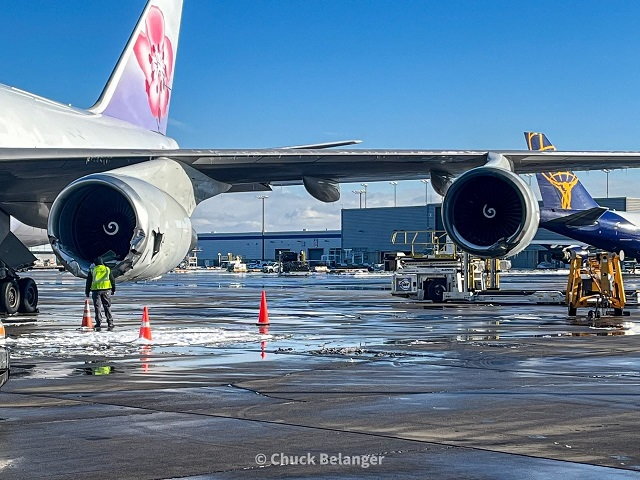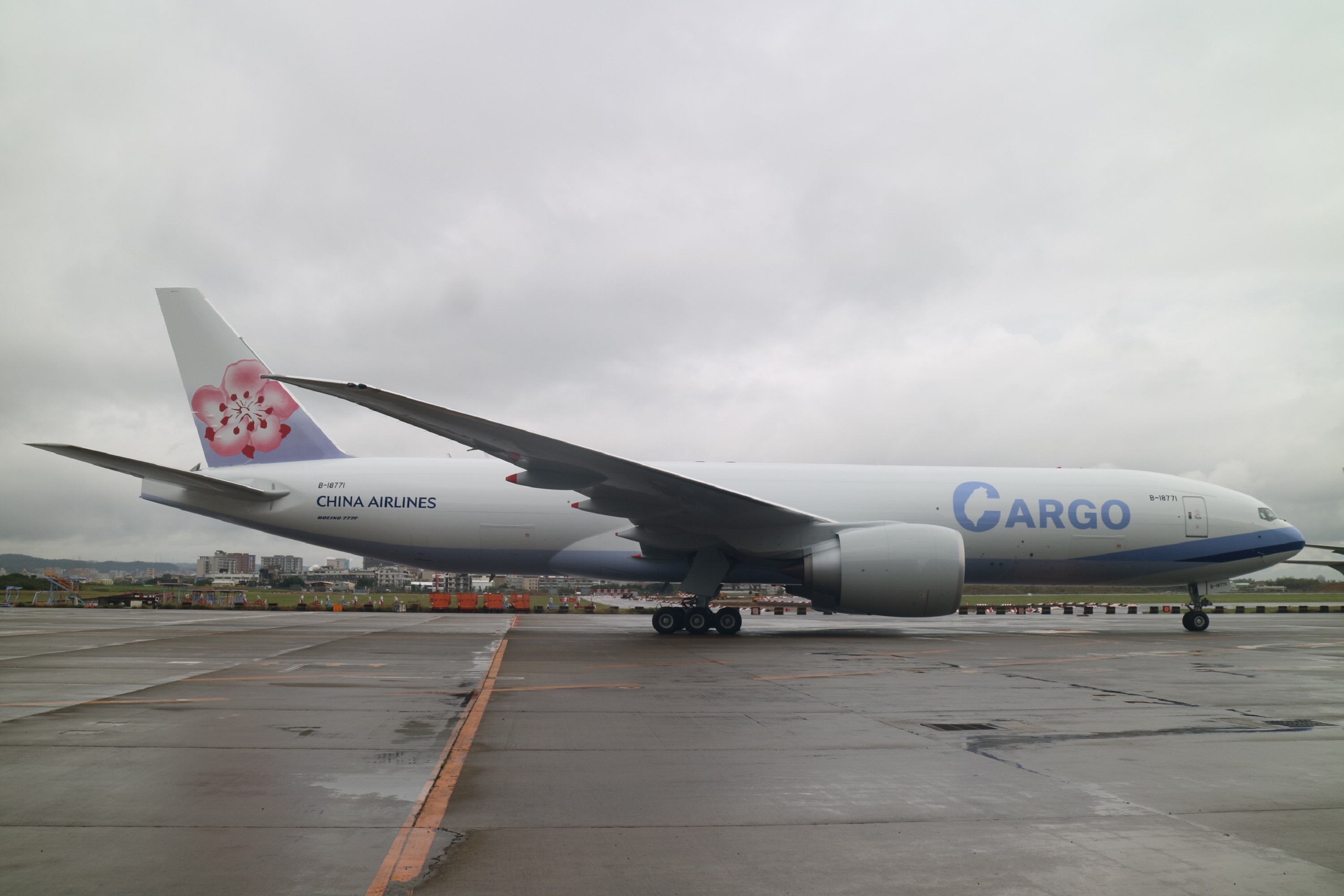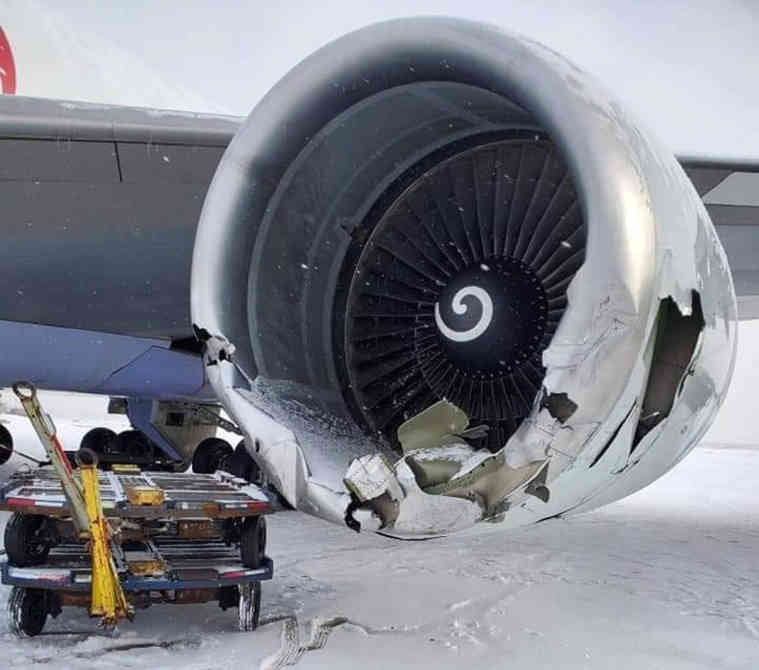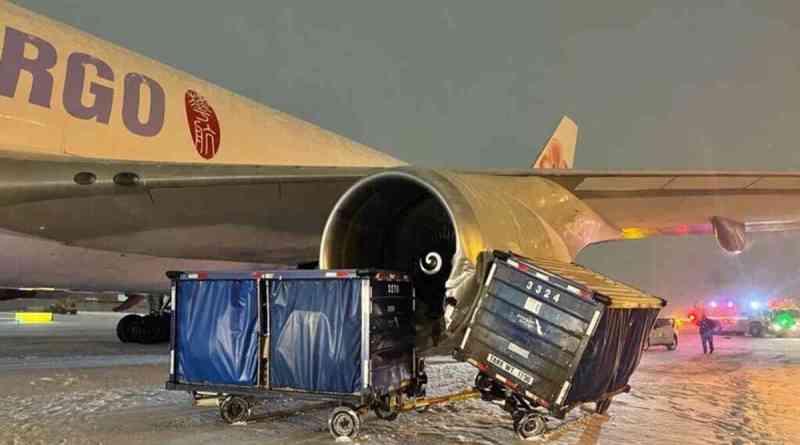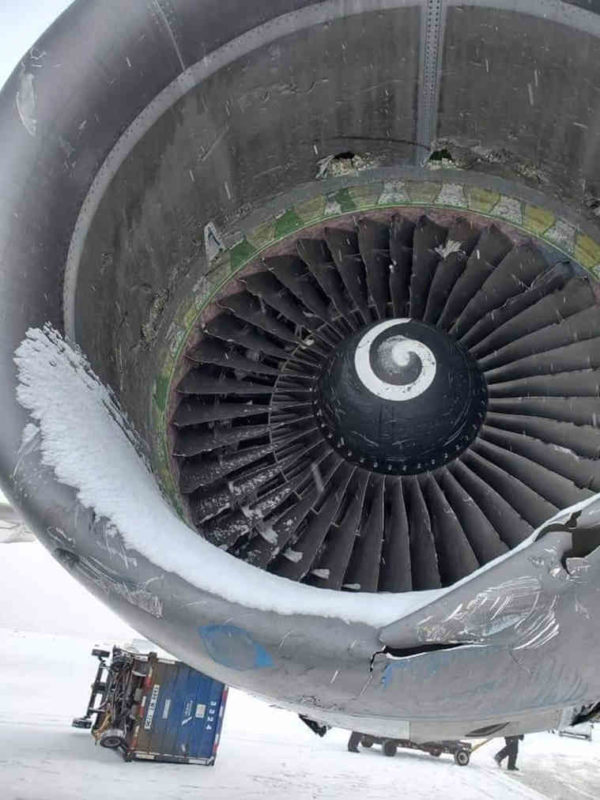Shel_B
Site Donor 2023
- Joined
- Aug 7, 2020
- Messages
- 5,167
I understand that engines for the 747, depending on which engine is used, run from about $5M - $11M. I also understand that most engines are leased rather than purchased straight out.How much is the repair cost?

